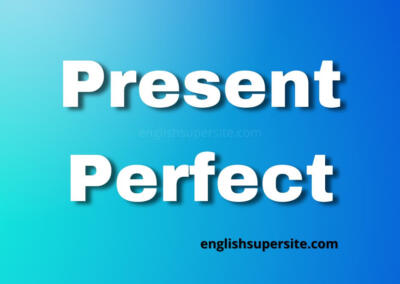
Present Perfect
Present Perfect: Talk About Past Actions with Present Relevance
Use the Present Perfect tense to describe actions that happened in the past but have importance now. Form it by using “have/has” + the past participle (e.g., “I have seen” or “She has visited”). This tense helps you discuss experiences, changes, or actions with ongoing effects.
Mastering this tense allows you to clearly express how past actions influence the present, making your communication more precise.

The Present Perfect is a verb tense we use to express that an action or something has happened in the past and it ...
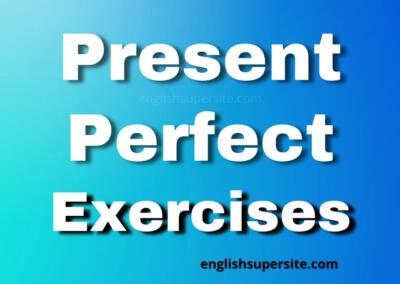
Present Perfect - Exercises - Practice exercises with Present Perfect. Improve your oral and written skills with ...
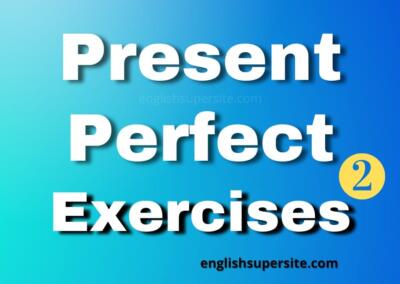
Present Perfect - Exercises 2 - Practice exercises with Present Perfect. Improve your oral and written skills with ...
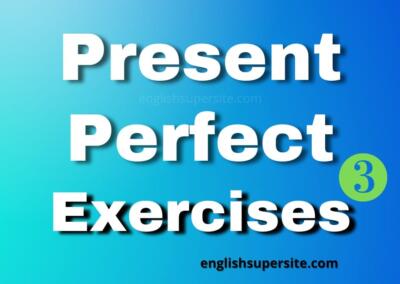
Present Perfect - Exercises 3 - Practice exercises with Present Perfect. Improve your oral and written skills with ...
Related Posts
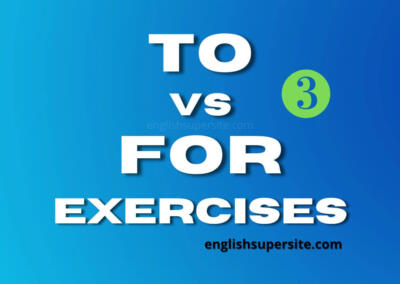
EXERCISES 3 - TO vs FOR Practice the following exercises with TO and FOR: Complete the sentences with TO or FOR. ...
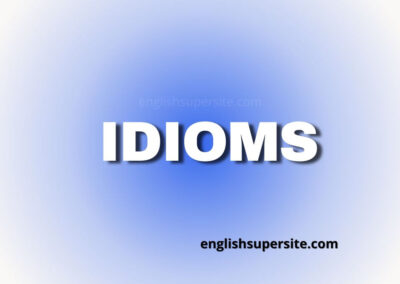
Idioms are phrases or expressions with a figurative meaning rather than a literal meaning. Examples include "it's ...
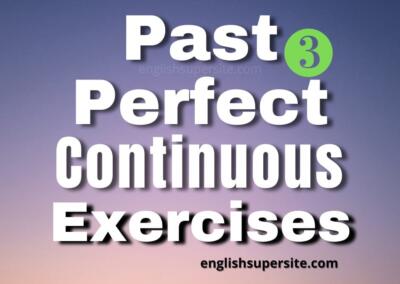
Practice Past Perfect Continuous - Exercises 2 with a multiple-choice quiz and real-time feedback. Improve your ...


